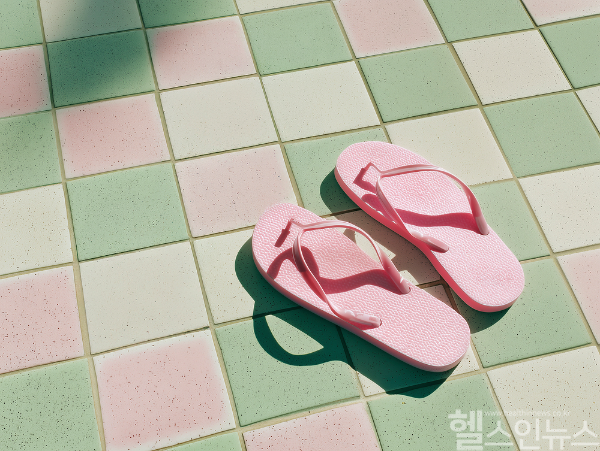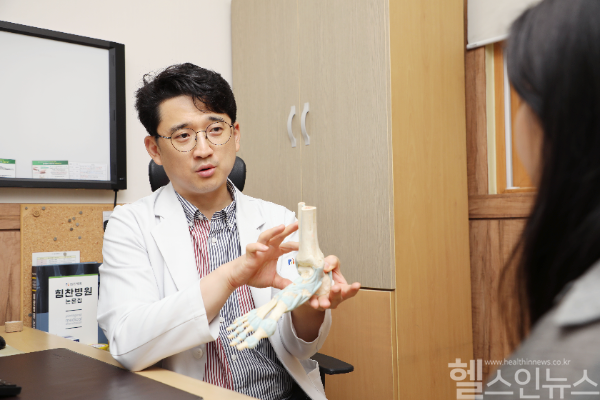Summer conditions exacerbate skin dryness due to temperature fluctuations and air conditioning. Heels, bearing significant body weight, are especially prone to thickened skin, calluses, and cracking—resulting from moisture loss and accumulated dead skin.
Dr. Yugeun Kim, an orthopedic surgeon at Bupyeong Himchan Hospital, cautions, “Ill-fitting shoes or those lacking proper shock absorption can significantly increase the risk of foot disorders. Choosing shoes that fit well, with soft insoles and adequate cushioning, is the cornerstone of foot health.”

Sandals and flip-flops, common summer choices, typically secure only the top of the foot, causing undue strain on the forefoot during walking. This overtaxes foot muscles and tendons, raising the risk of ankle instability and sprains. Shoes with excessively high or flat heels, thin or rigid soles, or uneven weight distribution lack stability and shock absorption, making them poor options.
Common foot conditions tied to such footwear include hallux valgus, plantar fasciitis, and interdigital neuroma.
Hallux valgus, commonly called a bunion, occurs when the big toe angles toward the second toe, causing the joint to protrude outward. Persistent pain or visible bulging at the big toe’s base may signal this condition. It is more prevalent among women, often triggered by narrow, pointed-toe shoes or high heels.
Plantar fasciitis involves inflammation of the plantar fascia, a thick band of tissue along the sole, due to repeated microtrauma. Symptoms include sharp pain with the first steps in the morning or after prolonged sitting. Thin, unsupportive shoes or extended walking heighten the risk.
Interdigital neuroma, also known as Morton’s neuroma, results from thickened tissue around nerves between the toes, causing pain and numbness. It often stems from wearing flat, rigid-soled shoes or those with narrow toe boxes. Symptoms typically subside when shoes are removed, leading many to overlook the condition.
Calluses and Cracked Heels: Indicators of Foot Stress
To manage calluses, soak feet in warm water to soften the skin, then gently remove dead skin with a specialized tool. Overzealous or frequent scrubbing can cause abrasions, increasing the risk of bacterial infection, so moderation is essential.
Heels, with their naturally thicker skin to withstand impact, are particularly susceptible to drying out in summer due to air conditioning. Untreated cracked heels can cause pain during walking and lead to inflammation. Regular application of foot cream or lotion, once or twice daily, is critical for prevention.

Strengthening Foot Muscles for Optimal Health
While proper footwear can prevent many issues, strong foot muscles are equally vital. When selecting shoes, measure both feet and choose a size that fits the larger foot. Avoid narrow-toe designs, opt for heels under 5 cm, and prioritize soft uppers with well-padded soles.
Dr. Kim emphasizes, “The feet are critical organs used throughout life. Any pain or deformity, however minor, warrants immediate attention. Simple exercises like spreading or flexing the toes can strengthen intrinsic foot muscles, significantly reducing the risk of disorders.”
A practical self-check for foot health is the ability to spread the toes at least 5 mm apart, indicating normal muscle strength. Difficulty with this movement may suggest underlying issues, making such exercises a valuable tool for maintaining foot health.
Lim Hye Jung, HEALTH IN NEWS TEAM
press@hinews.co.kr


